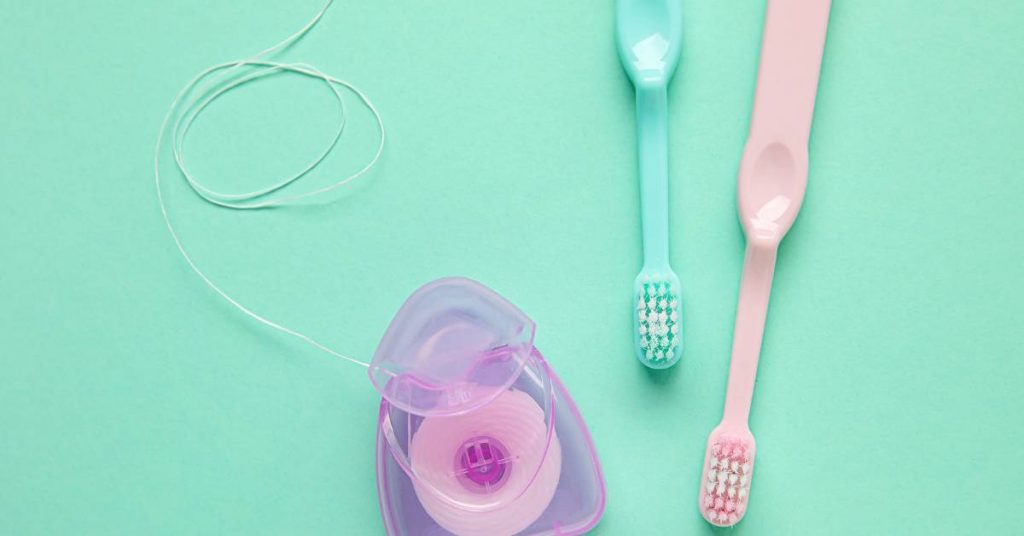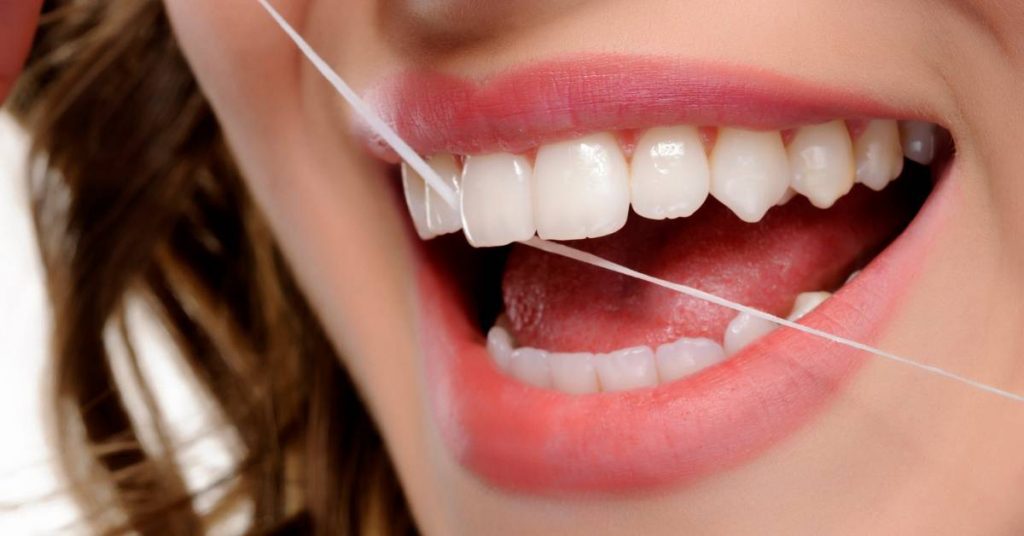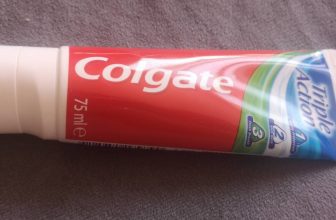Removing it as soon as possible is important if a piece of food becomes stuck in your wisdom tooth hole. If you leave the food in there, it can cause an infection or other problems.
There are a few ways to remove the food from your wisdom tooth hole. You can use a water pick, floss, or a toothbrush to remove the food. You may need to see a dentist if you can’t get the food out.
What Happens if Food Gets Stuck in the Hole?
One common concern we hear from patients who are scheduled for wisdom tooth extraction is: “What happens if food gets stuck in the hole post-extraction?” It’s a valid concern; after all, you don’t want to end up with an infection because you didn’t take proper care of your mouth after surgery.
Don’t worry, though, we’re here to help. In this blog post, we’ll answer that question and give you some tips on how to avoid getting food stuck in your wisdom tooth extraction site.
It’s important to keep the extraction site clean after surgery to avoid infection.
Here are some tips to avoid getting food stuck in your wisdom tooth extraction site:
- Rinse your mouth with salt water several times a day. This will help keep the area clean and reduce swelling.
- Avoid hard or crunchy foods for at least 24 hours after surgery. Stick to soft foods like soup, pudding, or applesauce.
- Brush your teeth gently around the extraction site. Be careful not to disturb the blood clot that forms in the socket.
- Use a straw when drinking beverages for the first few days after surgery. Sucking can dislodge the blood clot and lead to a dry socket.
If you do get food stuck in the hole, don’t panic! Just rinse it out with water and try not to disturb the area too much. If you’re still concerned, call our office, and we’d be happy to help.
What to Do If You Have Food Stuck in Your Wisdom Tooth Hole

It’s not uncommon for food to become stuck in your wisdom tooth hole after your wisdom teeth have been extracted. While it’s not a serious dental issue, it can be a cause for concern if you’re unable to remove the food particles on your own.
1. Rinse Your Mouth With Warm Water
The first thing you should do is rinse your mouth with warm water. This will help loosen the food particles and make them easier to remove. Be sure to use gentle strokes, so you don’t irritate the area around your wisdom tooth hole. Spit the water out after each rinse.
2. Gently Floss Around the Area

Once you’ve rinsed your mouth with warm water, try gently flossing around the area where the food is stuck. Be careful not to push too hard on your gums—just lightly floss back and forth until the food comes loose. Again, rinse your mouth with warm water after you’ve removed the food particle. Also, on top of that, Floss at least once a day.
3. Use a Waterpik or Irrigation Device
If flossing doesn’t work, try using a Waterpik or other irrigation devices to remove the food particle from your wisdom tooth hole. These devices shoot a stream of water at the offending particle, which will usually dislodge it so you can rinse it away easily.
4. See Your Dentist If All Else Fails
If you still can’t remove the food particle from your wisdom tooth hole, it’s time to see your dentist. They’ll be able to safely and quickly remove the particle so you can get on with your day—and start eating solid foods again!
How Long Does Wisdom Tooth Removal Take?
The actual procedure to remove wisdom teeth usually takes about 30 to 45 minutes. However, you will likely be in the dental office for several hours since the procedure is usually done under general anesthesia or IV sedation, which can take a while to wear off. Most people feel back to their normal selves within 24 hours after removing their wisdom teeth. However, resting and giving your body time to heal afterward is important. This means avoiding strenuous activity, drinking through a straw, and eating hard or crunchy foods immediately after your surgery. Your mouth will also be sore afterward, and you might see some swelling. This is normal! Just follow your dentist’s or oral surgeon’s instructions on managing discomfort and swelling after surgery (usually with ice packs and over-the-counter pain medication). To help speed up the healing process, make sure you eat soft foods and brush and floss your teeth carefully but gently around the surgical sites.
How fast does it heal?
Your mouth will typically heal completely within 2 to 4 weeks after surgery—although some people might experience longer recovery times depending on how complicated their surgery was. Sometimes surgeons have trouble removing impacted wisdom teeth because they are tightly wedged into the jawbone or gum tissue. In cases like these, it might take longer for your mouth to heal completely since there will be more extensive surgical sites. Additionally, smokers tend to have longer healing times since smoking prevents oxygen from reaching the surgical sites properly (which is why your dentist or oral surgeon will tell you not to smoke before or after surgery). Overall though, most people heal just fine within a few weeks and are able to enjoy all their favorite foods again fully!
Conclusion
Wisdom teeth removal is a common dental procedure, but that doesn’t mean it’s always easy—especially if you have trouble removing food particles from your wisdom tooth hole afterward! However, there’s no need to worry; follow these steps, and you’ll have those pesky particles removed in no time flat!







